I’ve always thought this would be a great interview question. What you do with that extra time does say a lot about how you work and where you put value.
Donald Asher, in his book Cracking the Hidden Job Market, suggests that you spend 40 hours per week searching for a job when you are unemployed. Those 40 hours include networking, interviews and applications submitted plus any additional contact you can have with someone who could lead you to a new position.
The other 128 hours in the week can be used to help with the job search as well as help you get to your next position with a confident, excited spirit. You can start exercising (walk, take yoga, lift weights), learn a new skill (foreign language, web development, graphic design), find a new talent (no harm in making a little money playing guitar at a local coffee house while you’re looking for a day job!), or revamp you network (start a coffee and careers group with others in your area who are unemployed and exchange information, attend professional group lunches, volunteer in your community.)
For me personally, I put great value in learning something new, taking care of myself so I can be more self-assured when I get to the interview, working my network, and finding a special talent to share with others. During my unemployment, I’ve volunteered for a local volunteer center and started a job networking group. I’ve also taken this time to brush up on my technical writing skills. As well, I’ve signed up for career counseling which includes writing better cover letters, interviewing effectively, and making me a more confident job seeker. I’m also taking the time to write webinars in areas in which I wish to learn more (no better way to learn than to teach someone else!)
Take time to plan your 40 hours for the job search, but take the other 128 hours to make those 40 work better for you.
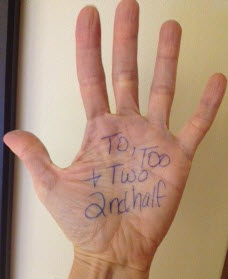
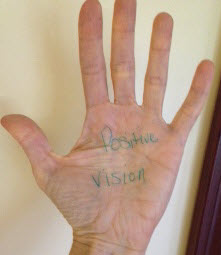
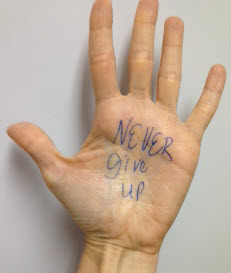
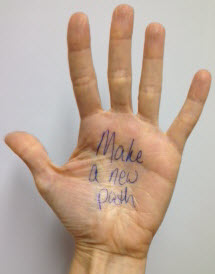
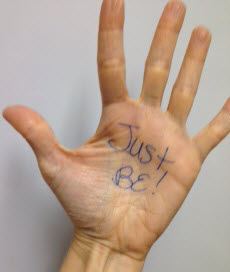
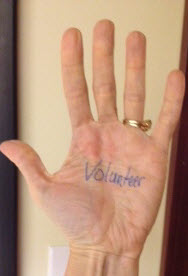


You must be logged in to post a comment.